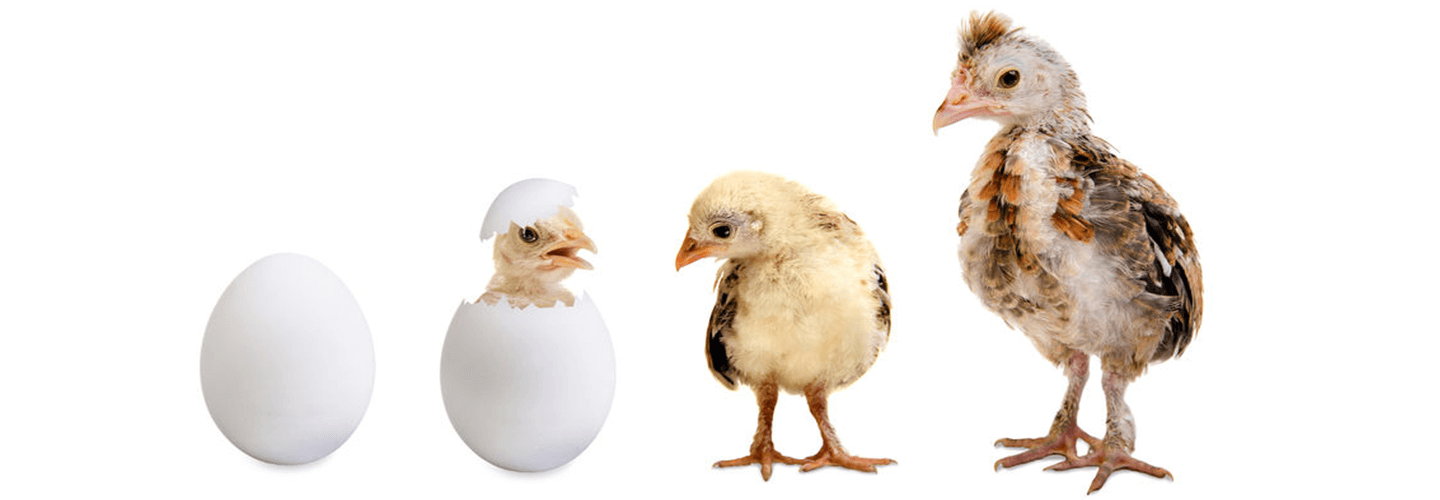- Zhengzhou City, Henan Province China
- Telephone: 0086-16637162658
Chickens go through various growth stages, each with specific feeding and nutritional needs. Below, we will provide detailed information on the main growth stages of chickens and their corresponding feed requirements.

1.Brooding Period (0-2 weeks):
During the brooding period, newly hatched chicks require special attention. The primary goal is to provide easily digestible, protein-rich, and nutritionally dense feeds to support their healthy growth. Common feeds include starter feed, grains, and protein supplements.
2.Grower Period (3-6 weeks):
In the grower period, chicks transition into meat poultry. The feed composition now includes higher levels of protein, energy, and vitamins. Grains, soybean meal, and other protein sources become the main components to support rapid growth.

3.Grow-out Period (7-20 weeks):
Chickens in this stage require more protein and energy to meet their growth demands. Feeds typically contain a higher proportion of soybean meal, corn, and other grains, along with adequate amounts of vitamins and minerals.
4.Onset of Laying (21-72 weeks):
When chickens start laying eggs, the feed formula undergoes changes. Higher levels of protein, calcium, and phosphorus are needed to support eggshell formation and overall egg quality. Common feeds include corn, soybean meal, fishmeal, and additional minerals and vitamins.

5.Peak Egg Production (25-32 weeks):
During the peak egg production period, feed demand is higher. Protein levels in the feed should be maintained at elevated levels to meet the demands of egg production. Feeds during this time may include grains, soybean meal, fishmeal, minerals, and vitamins.
6.Aging Period (33 weeks and beyond):
As chickens age, their feed requirements may decrease. Adjustments in energy and protein levels in the feed can be made to accommodate the reduced growth rate and egg-laying capacity.
At each stage, proper husbandry practices and scientific feed formulations are crucial to ensuring the health and productivity of chickens. Farmers should choose appropriate feeds based on the growth characteristics and needs of their chickens, adjusting feed formulations regularly to meet the requirements of different growth stages.